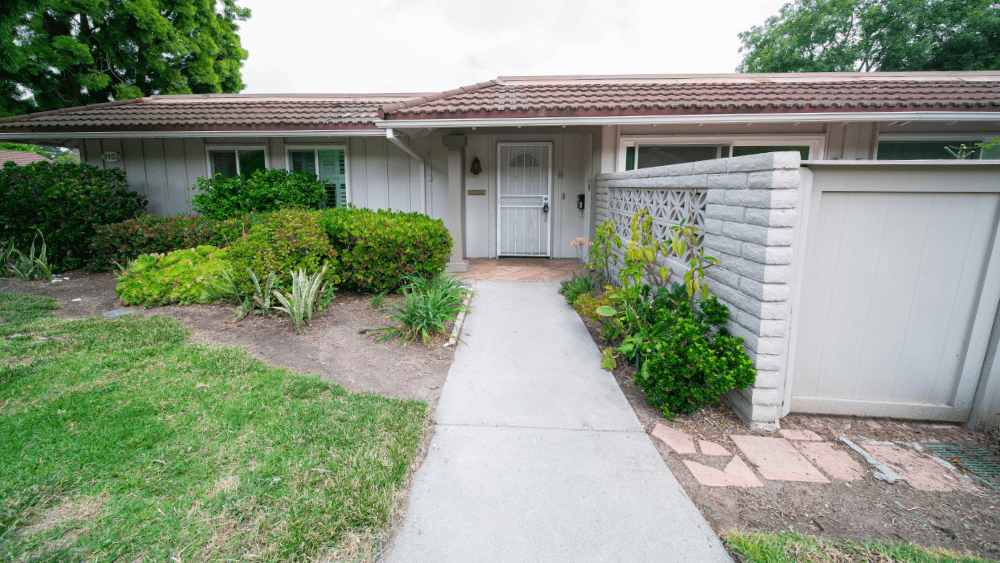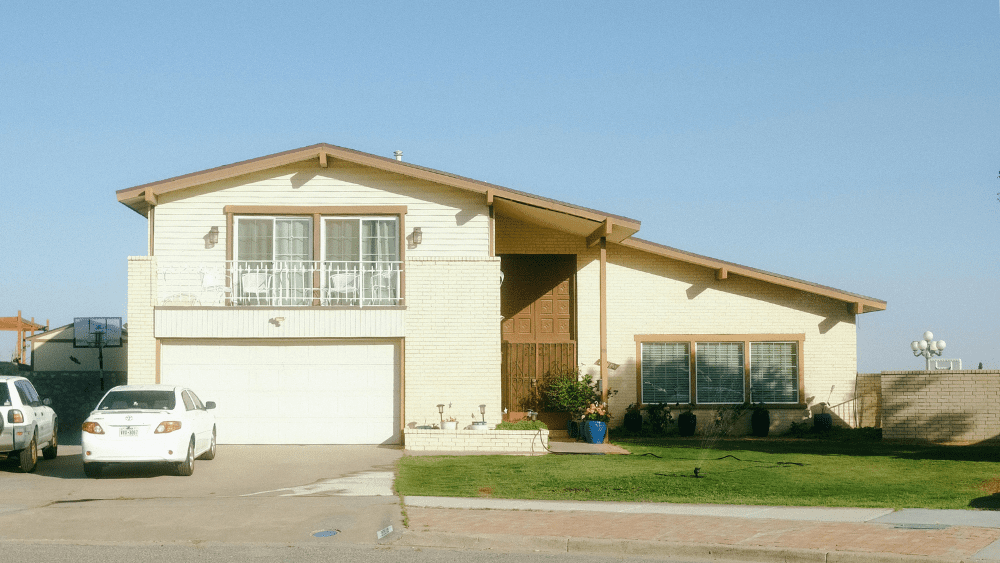Lower interest rates and intensifying buyer competition have fuelled further home price growth across Australia, driving values to new highs.
Home prices climbed higher in September across all capital city and regional markets as increased borrowing capacities and improved buyer confidence fuelled strong growth.
But one city’s housing market is now back to its former glory, with home prices in Melbourne now at a record high, eclipsing the previous peak in 2022.
The PropTrack Home Price Index shows Australia’s median home price rose 0.5% in September — the ninth straight month of growth — with values now 6.2% higher than a year ago.
The broad lift in prices came after the Reserve Bank slashed interest rates in August – the third rate cut delivered this year.
PropTrack senior economist Eleanor Creagh said prices were climbing steadily higher, with borrowers able to spend more to purchase a home.
“The housing market remains on a firm upward trajectory this spring selling season,” she said.
“The combination of increased borrowing capacities and lower borrowing costs, stronger buyer confidence and renewed competition is underpinning a broad uplift.”
How home values changed around Australia in September
Ms Creagh said momentum in the housing market was shifting, with price growth in the top-performing capitals now slowing and previously-lagging cities catching up.
“Price growth in Sydney and Melbourne is re-accelerating, Hobart is rebounding, and Darwin is leading annual gains amid surging investor activity," she said.
“By contrast, Perth, Brisbane and Adelaide are normalising after exceptional multi-year runs, with growth slowing, though prices continue to rise and values remain at record highs.”
Melbourne prices return to record highs
After a slow few years, home prices in Melbourne have turned a corner and are now higher than at any point in history.
Melbourne’s median home value rose 0.5% in the past month and 3.4% in the past year.
Home prices in Melbourne are now higher than ever following a 3.4% rise in the past year. Picture: Getty
The city’s slower price growth in the past few years relative to the smaller capitals meant it slipped from being one of the priciest cities to one of the most affordable.
Melbourne prices have increased by 20% in the past five years, while prices are up about 40% in Sydney and about 90% in Brisbane, Perth and Adelaide.
That relative affordability has put it back on the radar for investors, many of whom exited the Victorian market amid the slower recovery following the pandemic and changes to property tax laws.
Get your realEstimate™
Track your property's value and unlock insights and data tailored for property owners.
Melbourne real estate agent and Barry Plant North Eastern Group director David Moxon said buyer sentiment had improved throughout the year.
“Even prior to rates coming down in August, you could sense that buyer activity and sentiment was more positive,” he said.
This four-bedroom house in Viewbank in Melbourne's north east sold for $1.235 million in September. Picture: realestate.com.au/sold
House prices rose by 5% in the past year in Melbourne’s north east, a region Mr Moxon said was in a relatively affordable ‘sweet spot’ that appealed to first-home buyers.
Investors had also become increasingly active, Mr Moxon said, particularly those from outside Victoria.
“A lot of investors started to see the Melbourne market as undervalued and as a consequence we’re seeing a lot of buyer advocates representing interstate investors,” he said.
Momentum shifts to more affordable markets
Darwin recorded the fastest price growth in the past year, with values up 11.4% compared to a year ago as investor interest surges amid a shortage of homes on the market.
A tight rental market, strong rental yields and affordable prices have coaxed more investors to the Northern Territory, resulting in many homes selling rapidly to interstate investors sight unseen.
Hobart had the strongest monthly growth, with values rising 0.8% in September, but values in the Tasmanian capital are still 5.4% below the peak recorded in early 2022.
Prices in Hobart have accelerated sharply after an extended slow period, PropTrack data shows. Picture: realestate.com.au/buy
“Hobart is rebounding after a period of underperformance, leading monthly gains in September and showing one of the sharpest annual accelerations in price growth across the capitals,” Ms Creagh said.
Local agents have reported increased numbers of investors seeking properties in Hobart, attracted by higher rental yields and stabilising prices.
Sydney had the next fastest growth in September with values rising 0.7%.
The city’s median house value is now $1.6 million – a figure that’s $500,000 higher than the second-priciest city, Brisbane.
On an annual basis, price growth has been strongest in the city’s more-affordable south west (up 9%), but the strongest quarterly growth was recorded in the eastern suburbs (up 4%)
Even in Sydney's pricey eastern suburbs, prices are rising fastest in the more affordable suburbs. Picture: relaestate.com.au/buy
Real estate agent Cameron Airlie of NGFarah in Sydney’s east said there had been an increase in buyer activity in recent weeks, particularly for more affordable properties in a region that’s one of the priciest in the country.
“Buyers are starting to get a little bit more aggressive,” he said. “The market definitely feels a bit stronger than where it was a few months ago.”
Custom Call to ActionThe Eastern Suburbs - South SA3 region, which is a little more affordable than pricier suburbs closer to the CBD, recorded the nation’s biggest quarterly jump in prices, rising about 6% in the past three months.
“There are buyers that are slowly starting to move down this way to get a bit more value for money,” Mr Airlie said.
What’s next for home prices?
While the data shows prices are at record highs in every capital city except Hobart and Canberra, Ms Creagh said the pace of growth was slower than during previous upswings.
“Although national growth has accelerated in 2025, it remains below the long-run average with stretched affordability leaving limited room for prices to surge at the 20-30% pace of previous booms,” she said.
Ms Creagh said prices were expected to keep climbing through the spring selling season, with buyers with greater spending power competing over fewer properties.
“Looking ahead, this year’s series of interest rate cuts, improved sentiment and the October expansion of the Home Guarantee Scheme will add support,” she said.
“With stock on market constrained and new supply challenged, demand-side stimulus will intensify competition.”
“The housing market is poised for further gains throughout spring, though the pace will vary across cities as momentum shifts.”



















 English (US) ·
English (US) ·